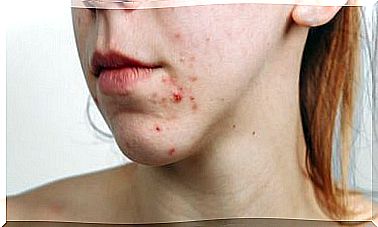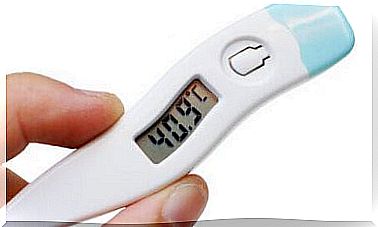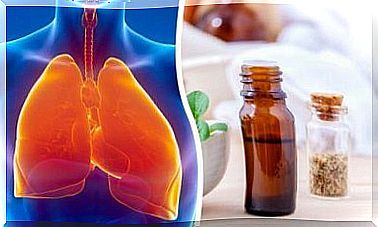Chlorine Channels: Everything You Need To Know
Chlorine channels are an inherent part of the activity of benzodiazepines and alcohol.
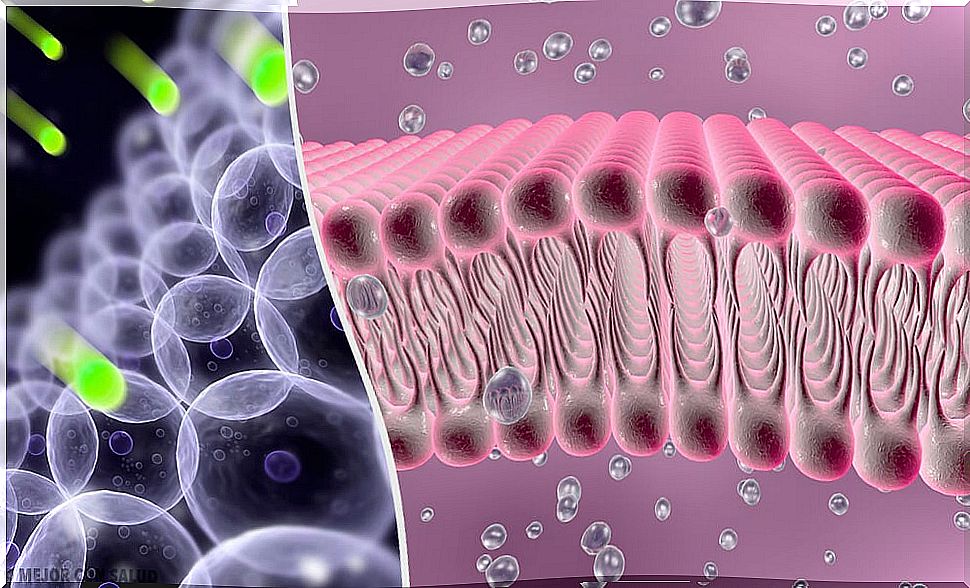
One of the most important parts of the cell is the cell membrane. Its mission, in addition to shaping the cell, is to separate it and protect it from the external environment. In this way, the substances that want to enter its interior must do so through transport mechanisms.
The more hydrophilic molecules, such as ions, cannot dissolve in the membrane itself, so to enter the cell they use what are known as ion channels. Among them we differentiate between ligand and voltage-gated channels, which include sodium channels, potassium channels, and chlorine channels.
What are ion channels?
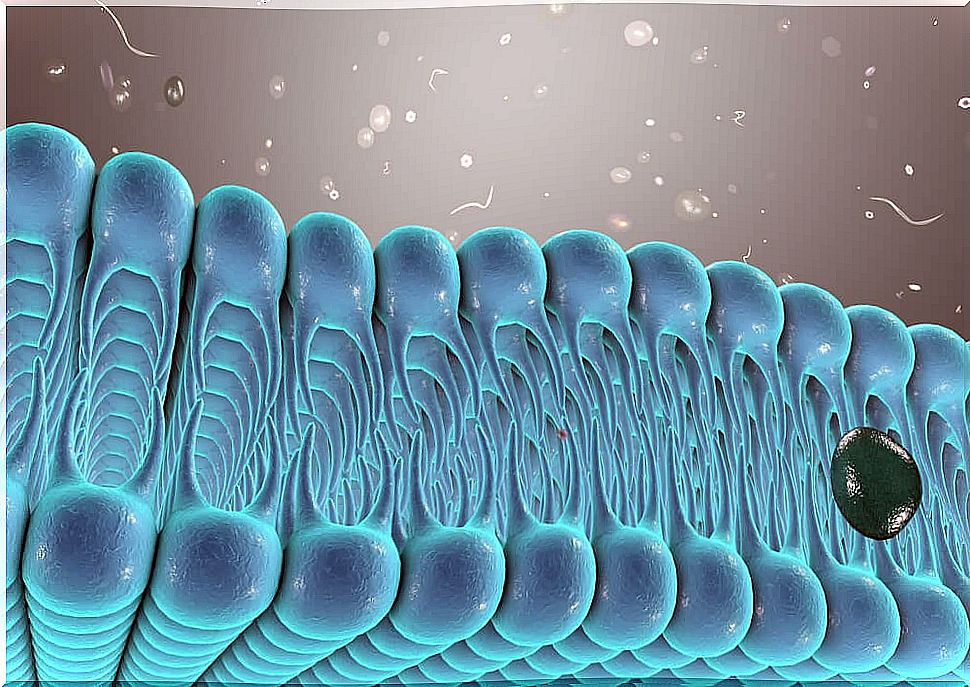
Ion channels are a type of protein that is embedded in the membrane of all cells in the body. When a certain stimulus reaches the cell, these proteins open and allow the entry or exit of ions through them.
This transfer of ions between the inside and outside of the cell achieves what we know as an electrochemical gradient, favoring the transmission of a large number of signals between some cells and others. Some of the functions that these channels allow are the following:
- Nervous and muscular excitement.
- Hormone secretion.
- Production and release of neurotransmitters.
- Cell proliferation.
- Control of blood pressure.
- A multitude of cell signaling pathways.
However, cell outer membranes are not the only ones in which these types of channels are found. Ionic currents generated in the internal membranes of numerous organelles such as lysosomes or mitochondria are also important.
Structure of ion channels
Ion channels are oligomeric proteins, that is, they are made up of several protein subunits. They generally consist of an alpha subunit, which forms the pore through which the ions are transported, and other beta subunits that are responsible for regulating the opening and closing of the pore.
Types of ion channels in the body
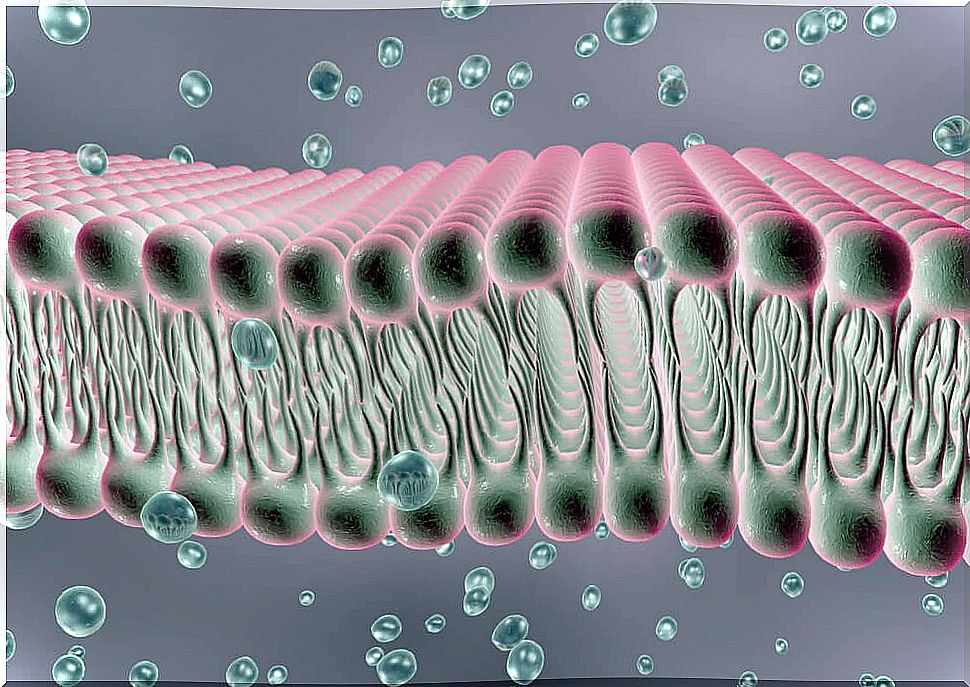
Ion channels can be classified according to the stimulus that activates them. This allows us to differentiate between:
- Voltage-activated channels. Its opening is determined by the electrical potential that exists in the cells. They are generally responsible for transmitting electrical signals and action potentials. Within this section is where the sodium, potassium and chlorine channels are found.
- Ligand-activated channels. In this case, what makes the channel open is the presence of a specific molecule. This molecule, be it a hormone, a neurotransmitter or a drug, causes the opening or closing of the channel and the consequent activation of signaling pathways that will lead to different cellular responses.
- Other types of channels. Among them we have channels activated by intracellular mediators or channels activated by physical factors.
Chlorine channels
Chlorine channels are important in regulating various processes in the body. Some of them are cell excitability, substance transport, and cell pH regulation.
These types of channels are usually found in cell membranes but also in mitochondria and other intracellular organelles. The most important function of chlorine channels is that they are capable of causing cellular hyperpolarization, that is, they interrupt nerve impulses and give the cell time to stabilize.
In addition, in red blood cells they cause the release of bicarbonate and the entry of carbon dioxide, regulating their transport. There are some pathologies related to the alteration of this type of channels, most notably cystic fibrosis.
Chlorine channels and benzodiazepines
There is a direct relationship between chlorine ion channels and benzodiazepines. This group of drugs act on the receptors of an inhibitory neurotransmitter, GABA.
The mechanism of action of benzodiazepines consists in enhancing the response to GABA by facilitating the opening of the associated chlorine channels. In this way, the response to GABA increases proportionally and with it the inhibition of the central nervous system. This is how they achieve their anxiolytic and relaxing effect.
Chlorine channels and alcohol
As for alcohol, its mechanism of action in this regard is similar to that of benzodiazepines, despite the fact that it binds to a different site on the GABA receptor.
In this way, we have that alcohol enhances the flow of chlorine ions that GABA induces, increasing nerve inhibition. As more chlorine ions enter the cell, greater hyperpolarization and less excitability will occur. This translates into some of the characteristic effects that this substance has on the body, such as sedative or hypnotic effects.





